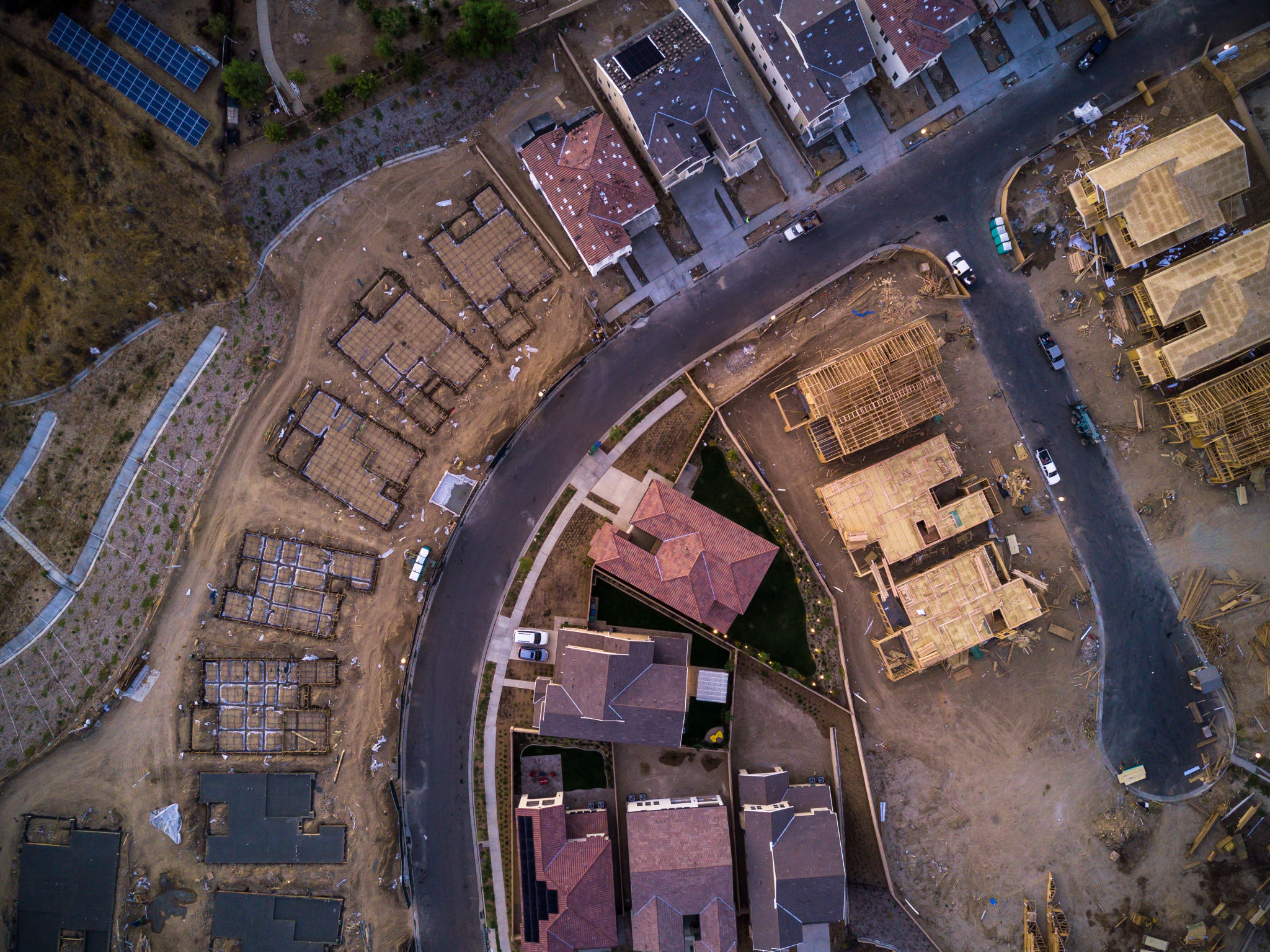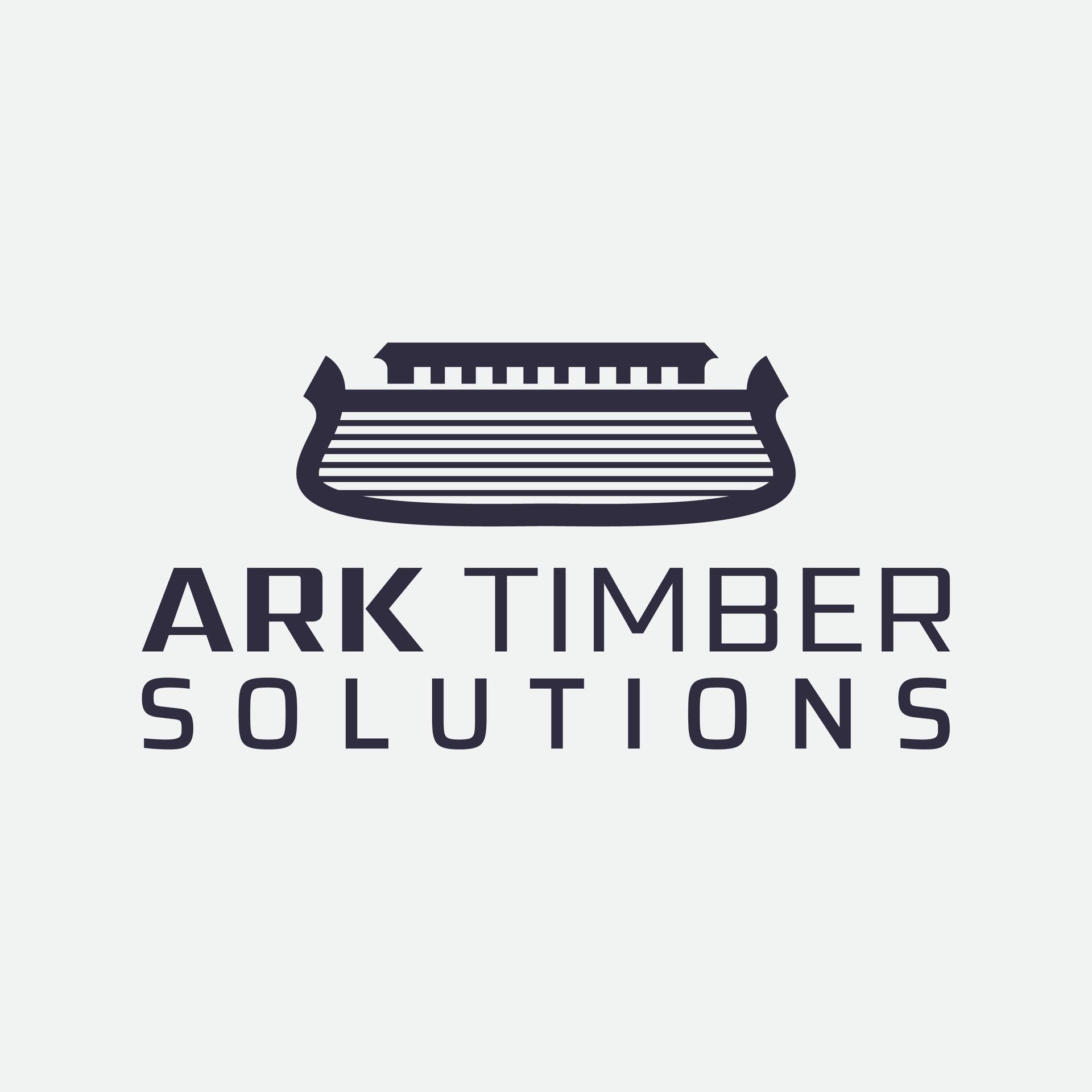Common Misconceptions About Timber Frame Construction Debunked
Understanding Timber Frame Construction
Timber frame construction has been a popular building method for centuries, yet it is often misunderstood. Many people hold misconceptions about its durability, cost, and environmental impact. In this blog post, we will debunk some common myths and provide clarity on the benefits of timber frame construction.

Myth 1: Timber Frame Homes Are Not Durable
A prevalent misconception is that timber frame homes are not as durable as those constructed with steel or concrete. However, timber frame structures are renowned for their strength and longevity. With proper maintenance, these homes can last for centuries. The key is in the quality of the wood and the craftsmanship involved in the construction.
Historically, timber frame buildings have withstood the test of time, with many ancient structures still standing today. Modern timber treatments and construction techniques further enhance durability, making timber frame construction a viable and resilient option.
Myth 2: Timber Frame Construction Is Expensive
Another common misconception is that timber frame construction is prohibitively expensive. While the initial cost may be higher compared to some other building methods, it's essential to consider the long-term value. Timber frame homes offer excellent energy efficiency due to their superior insulation properties, which can significantly reduce heating and cooling costs.

Additionally, timber frame construction allows for faster build times, which can lead to reduced labor costs. The combination of energy savings and quicker construction can make timber frame homes economically competitive over time.
Myth 3: Timber Frame Is Not Environmentally Friendly
Some people believe that timber frame construction is harmful to the environment due to deforestation concerns. In reality, sustainable forestry practices and responsible sourcing of wood make timber a renewable resource. Many timber suppliers adhere to strict environmental standards, ensuring that forests are managed sustainably.
Moreover, timber has a lower carbon footprint compared to steel or concrete. It acts as a carbon sink, storing carbon dioxide throughout its lifecycle. Choosing timber frame construction can be an environmentally conscious decision that supports sustainable building practices.

Myth 4: Timber Frame Homes Lack Design Flexibility
A common myth is that timber frame homes are limited in design options. In fact, timber frame construction offers significant design flexibility. The open floor plans made possible by the structural strength of timber beams allow for creative and customizable living spaces.
Architects and designers can incorporate a variety of styles, from traditional to modern, using timber frames. This versatility allows homeowners to achieve their desired aesthetic while enjoying the benefits of a structurally sound and energy-efficient home.
Conclusion: Embracing Timber Frame Construction
Timber frame construction is a robust, cost-effective, and environmentally friendly building method that provides numerous benefits. By debunking these common misconceptions, we hope to shed light on the advantages of choosing timber as a primary construction material. Whether you are considering building a new home or simply exploring different construction methods, timber frame offers a reliable and sustainable option worth considering.
